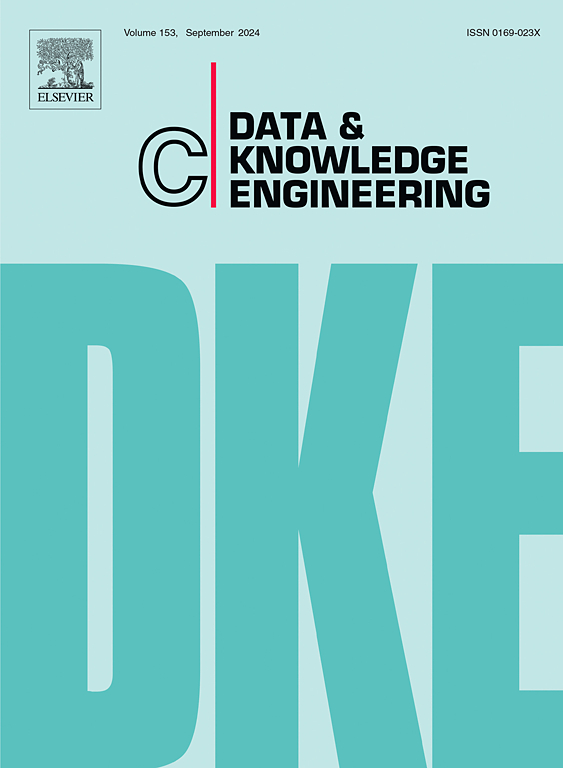A survey on big data classification
IF 2.7
3区 计算机科学
Q3 COMPUTER SCIENCE, ARTIFICIAL INTELLIGENCE
引用次数: 0
Abstract
Big data refers to vast volumes of structured and unstructured data that are too large or complex for traditional data-processing methods to handle efficiently. The importance of big data lies in its ability to provide actionable insights and drive decision-making across various industries, such as healthcare, finance, marketing, and government, by enabling more accurate predictions, and personalized services. Moreover, traditional big data classification approaches, often struggle with big data's complexity. They failed to manage high-dimensionality, deal with non-linearity, or process data in real time. For effective big data classification, robust computing infrastructure, scalable storage solutions, and advanced algorithms are required. This survey provides a thorough assessment of 50 research papers based on big data classification, by identifying the struggle faced by current big data classification techniques to process and classify data efficiently without substantial computational resources. The analysis is enabled on a variety of scenarios and key points. In this case, this survey will enable the classification of the techniques utilized for big data classification that is made based on the rule-based, deep learning-based, optimization-based, machine learning-based techniques and so on. Furthermore, the classification of techniques, tools used, published year, used software tool, and performance metrics are contemplated for the analysis in big data classification. At last, the research gaps and technical problems of the techniques in a way that makes the motivations for creating an efficient model of enabling big data classification optimal.
大数据分类调查
大数据是指大量的结构化和非结构化数据,这些数据过于庞大或复杂,传统的数据处理方法无法有效处理。大数据的重要性在于,它能够提供可操作的见解,并通过实现更准确的预测和个性化服务,推动医疗保健、金融、营销和政府等各个行业的决策。此外,传统的大数据分类方法往往难以应对大数据的复杂性。他们无法管理高维、处理非线性或实时处理数据。为了实现有效的大数据分类,需要强大的计算基础设施、可扩展的存储解决方案和先进的算法。本调查通过确定当前大数据分类技术在没有大量计算资源的情况下有效处理和分类数据所面临的困难,对50篇基于大数据分类的研究论文进行了全面评估。可以对各种场景和关键点进行分析。在这种情况下,本调查将对基于规则、基于深度学习、基于优化、基于机器学习等技术的大数据分类所使用的技术进行分类。此外,技术分类、使用的工具、发布年份、使用的软件工具和性能指标被考虑用于大数据分类分析。最后,分析了这些技术的研究差距和技术问题,从而为创建一个有效的大数据分类模型提供了最优的动机。
本文章由计算机程序翻译,如有差异,请以英文原文为准。
求助全文
约1分钟内获得全文
求助全文
来源期刊

Data & Knowledge Engineering
工程技术-计算机:人工智能
CiteScore
5.00
自引率
0.00%
发文量
66
审稿时长
6 months
期刊介绍:
Data & Knowledge Engineering (DKE) stimulates the exchange of ideas and interaction between these two related fields of interest. DKE reaches a world-wide audience of researchers, designers, managers and users. The major aim of the journal is to identify, investigate and analyze the underlying principles in the design and effective use of these systems.
 求助内容:
求助内容: 应助结果提醒方式:
应助结果提醒方式:


